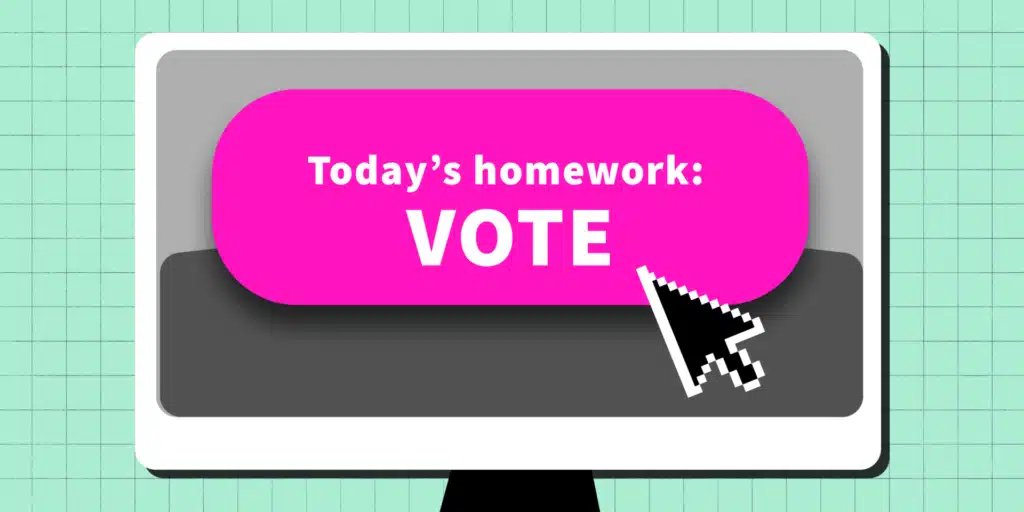Stephen Buckles contacted Top Hat about writing a response to a Washington Post column regarding updating introductory economics textbooks. He liked the headline, but disagreed vehemently with the columnist’s conclusion, which amounted to little more than recommending swapping out one textbook author for another who has a more recent edition.
Here, he suggests professors move away from the “survey” approach, which tries to cover the broadest possible swath of topics, and instead identify the concepts they consider most critical, using active learning methods to ensure students truly master them.
Robert J. Samuelson, a columnist for the Washington Post, published a piece on June 23 with the headline, “It’s time we tear up our economics textbooks and start over.” That is an excellent headline for what actually is happening in much of higher education.
Encyclopedic introductory textbooks have dominated the introductory college textbook market in many areas, not just economics. And there are good reasons to cover many topics in a broad introductory text. First, it is often intended as an overview of the discipline. Second, there is a wide variety of tastes among potential users (professors) and many of them may want to pick and choose topics. And for that reason, they may not include all of the topics presented in the text.
But this “mile-wide-and-inch-deep” approach doesn’t work in an era when knowledge is increasing at such a rapid rate. Rather than take issue with a particular textbook, the future of effective introductory economics courses—and all introductory texts—should be to evolve in a different direction. My own experiences as a professor of economics and researcher in economic education offer a microcosm of that evolution.
The concept is based on research supporting how students best learn economics—and that is through serious active learning. The electronic textbook, and very likely the majority of future introductory economics texts, can introduce a concept, then ask a student to do something with that concept. The next step can provide feedback based on the student’s answer. In some cases, there are additional questions if the student misses the mark the first time. In other cases, there are questions leading a student to a deeper, more complete level of understanding. In still other instances, questions, followed by feedback, are used to introduce a section of new content. In this case, the goal is to get students to begin thinking about an idea or new concept even before it has been formally explained and then to reinforce that understanding after it is explained.
The questions are multiple-choice, short-answer, short essay and graphing questions. The fundamental idea is to get students using ideas and receiving feedback immediately before moving on. Does that mean giving up some actual content within the text? Yes, it does. There is a tradeoff. But sound research shows that the benefit in terms of student learning is significantly larger than the cost of giving up the additional concepts that may not be retained. Therefore, economists should be willing to sacrifice coverage in order to gain more real and lasting understanding.
Another benefit to this approach is that students who are more successful at grasping basic economics concepts are more likely to continue studying the subject—taking additional classes and mastering more concepts. This is an outcome that both professors and future employers will likely welcome.
Stephen Buckles is principal senior lecturer in economics at Vanderbilt University; he is the primary author, with significant input from 16 teaching coauthors, of Top Hat’s Principles of Microeconomics.


